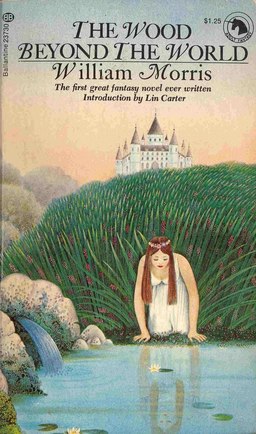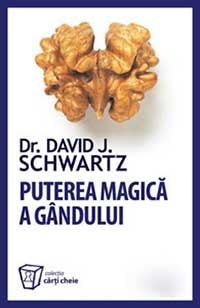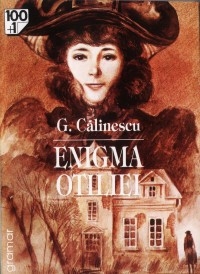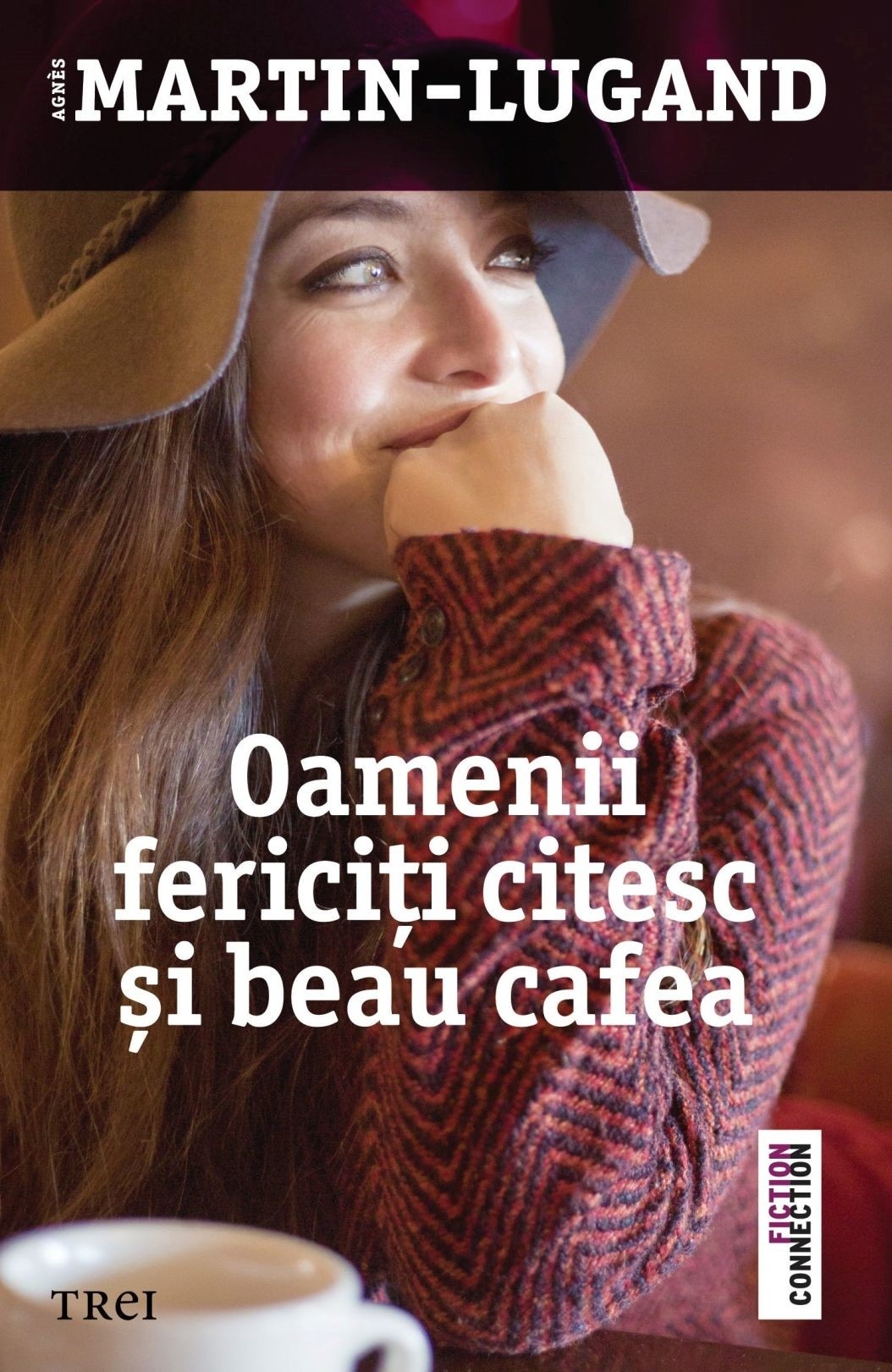Autor Kamlesh D. Patel
Categorie De specialitate
Subcategorie Limbi Străine

Download Spiritual Anatomy: Meditation, Chakras, and the Journey to the Center by Kamlesh D. Patel free pdf.
A long time ago, a saint and his disciples showed up at the gates of a kingdom seeking refuge. The guards offered food and water to the guests while another guard ran to inform the king. When the guard reported, the king thought for a moment and asked for a pot of water. He summoned the guard to take the pot and offer it to the saint. The saint accepted the pot as if he’d been waiting for it. He smiled at the guard and asked for a fistful of sugar, which he mixed into the water. The saint stirred the water to make sure the sugar dissolved, then asked the guard to return the pot of water to the king.
The guard, now thoroughly confused, took the pot and raced back to the king. He offered the pot to the king and was about to speak when the king gestured for his silence. The king asked his minister to taste the water, who sipped and said, “The water tastes sweet, your highness.” A smile appeared on the king’s pursed lips. “Guard,” he ordered, “usher in the saint and his entourage with the greatest respect.” Then he turned to his minister and said, “Please make sure they are afforded all comforts for their stay and extend the stay for as long as they need.” If, like the soldier, you are wondering, this is what transpired: When the request for refuge reached the king, he sent a pot full of water to the saint. It was a cryptic message, We are already at capacity. How shall we accommodate all of you? To which the saint responded, Just as the sugar dissolves in the water and merges with it, we, too, shall integrate into your kingdom and infuse the sweet goodness of virtue and nobility in your people. The king valued the saint’s wisdom and knew that the presence of the wise soul would ennoble his people. Within each of us is this same daily struggle between the king and the saint. The king represents the everyday hero, the one with responsibilities, desires, aspirations, problems, wishes, opportunities, constraints, virtues, and vices— all packed into this life. We have so much on our plate that there isn’t room for anything more.
The saint and his entourage represent our higher potential— the possibility of purpose, growth, and evolution that are knocking at the gate of our attention, ready to enhance our life provided we give them a chance. And we do because, deep inside, a voice inspires us to pursue the promise of transformation. The process of sugar dissolving in the water is the story of integration and merger— the highest ideal of our spiritual lives.
The goal of our spiritual anatomy project is to integrate a fragmented existence by merging with higher levels of consciousness and achieve our true potential. Now, when I say “anatomy,” what comes to mind for you? More than likely, you thought of your physical anatomy. Possibly vivid images from the high school biology textbook of the blue veins, reddish muscle fibers, and ivory-like bones. Physical anatomy is an integrated system of organs working together. Similarly, mental anatomy is a connected system of consciousness, ego, intellect, and thinking that work together to create our ideas and emotions. Much is written about the physical and mental anatomies and how to nurture them. But there is a third, lesser-known system, called the spiritual anatomy. When awakened, this subtle energy system of the soul integrates our physical and mental anatomies, making us one with the universal existence and infusing lasting sweetness in our lives.
Growth Through Integration The word integration comes from the Latin integer meaning “whole,” “intact.” When you tend to your spiritual anatomy, you integrate your physical, mental, and spiritual anatomies to function in harmony as a unified whole. With integration, there is consonance between what you feel and what you wholeheartedly express. The heart and mind are aligned, and the alignment creates the circumstances for your growth. Yogic philosophy has a lot to say on the significance of integration. A definition of yoga is “yoga is samadhi.”1 The words yoga and samadhi have multiple meanings, and a popular definition of yoga is “to unite.” Samadhi, commonly understood as ecstasy or trance, is a much grander idea. Samadhi means “the state that prevailed before creation came into existence.” And that was a state of absolute balance, a state of oneness. So “yoga is samadhi” conveys “a state of inner integration where everything is in balance, order, and harmony, resembling the state before creation.”
Imagine yourself in that state of absolute balance, what could you achieve? For a moment, consider the opposite— a state of entropy and imbalance where, lacking peace, the mind is distracted and eventually our life is disjointed and fragmented. Contrast with a state of integration and balance and how that could transform our life. Growth by integration is a journey in which we incrementally ascend through states of consciousness. It is like a long expedition, with camps for rest and reflection. During those resting moments, we acclimatize to the surroundings and integrate with the environment before proceeding onward.
Consolidating what we gathered, as we ascend, our spiritual vision expands from the mundane to the magnificent. This will take time, but interest and effort speed the process. I refer to this grand journey as the spiritual anatomy project. In Sanskrit, yatra, a sacred journey to the center within, and you, the traveler, are the abhyasi, the one who practices. I also use the words aspirant and practitioner for the abhyasi. No one can force you on the yatra or compel you to meditate. It is a willful undertaking inspired by the heart. But when you do, the heart sets out to speak to you, and you will learn to master the exceptional ability to listen and then muster the courage to abide by the heart’s innate wisdom.
Listată pe: 23 iulie 2024
TOP 10 Cărți
















